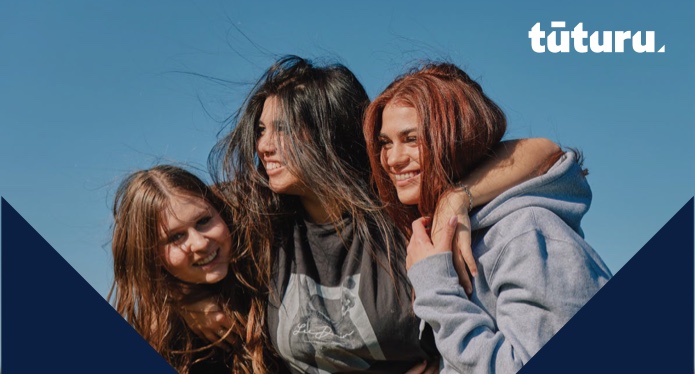Kia ora tātou,
The end of the school year is approaching fast, and we hope you are enjoying the warmer weather with your students.
Over 38,500 students have taken part in CensusAtSchool this year! Wow!
We love seeing photos that teachers in kura and schools have sent in. Thank you so much for sharing these great action pics.




Photos from: Hay Park School, Tahuna School, Napier Girls’ High School, Marian Catholic School
We hope you enjoyed thinking about the standing jump data, which is a new question designed to allow comparison between groups – those that had a target and those that did not.
Because we’re all about data, it’s interesting that the top three participating senior schools are in the South Island, while the top three primary and intermediate schools are in the North Island!
We wonder what year levels your school plans to do the census and why, and do some students do it more than once, and if so why? We’re reviewing your survey feedback for our end of year report.
Thanks for taking the time to tell us about your survey experiences. This will help make things better for future surveys.
Coming Up
DECEMBER 4
Statistics Teachers’ Day Illuminating Data Pathways
Hurry – Register Now!
Packed with presenters from around the motu sharing what’s going on in their classrooms, work, and research as they explore the world and develop their ideas and understanding with data. Plus: Our new data detective classroom posters will be given out on the day!
NOVEMBER 29
Online Colloquium on Artificial Intelligence and Data Science Education at School Level
Learn more and register
Free for all, held via Zoom.
Seen Elsewhere
Some A.I. entertainment: “Walking Backwards into the Future”
Chris Wild’s keynote address, which opened the IASE 2023 conference, is packed with AI-generated images and music, examines drivers and priorities for statistics and data science education and its students in the light of recent data trends including the rise of generative A.I.
Youcubed Classroom Data Talks
Great ideas here.
CODAP – Common Online Data Analysis Platform
Free online software for exploring data. The datasets have activities that suggest questions that students can find out the answers to by creating data visualisations. See CODAP Examples and Data Science Games.
Objections to data science in K-12 education make no sense
Article by Freakonomics‘ author Steven Levitt looks at the argument for teaching students with the human and physical sciences data.
Winning Data Science Posters by Students
This South Australian competition has students follow their passion and collaborate to use their statistical and communication skills to answer questions. Reflect on the marking and feedback by other statistics educators to improve classroom teaching of data literacy.
Bird of the Century
A great, fun example of bias! Learn about this extraordinary bird and the extraordinary efforts that have gone into saving it. Thank you John Darby and the students at Mt Aspiring College. Kia kaha Pūteketeke!
Nga mihi nui
Rachel & Anne and Chris







